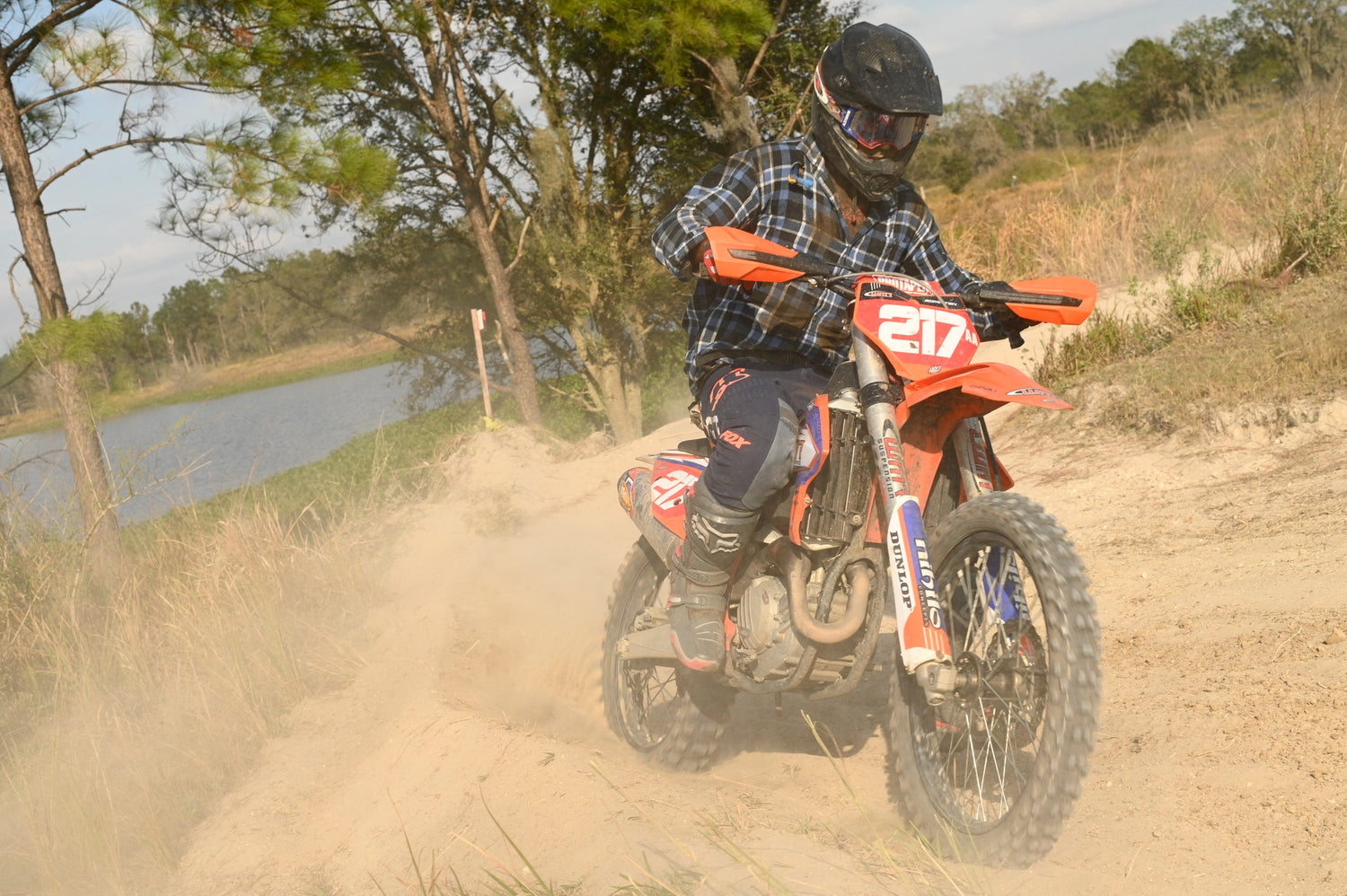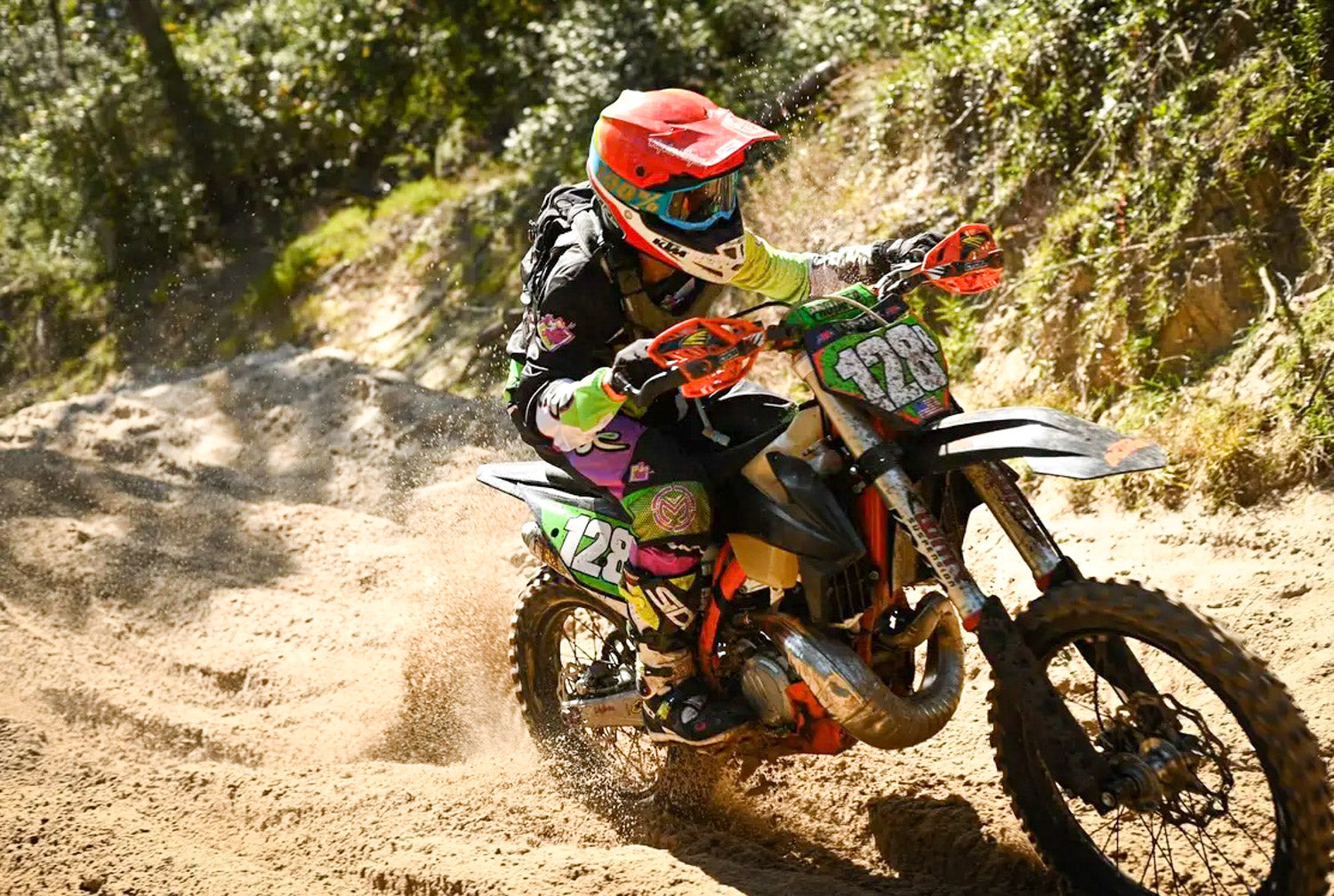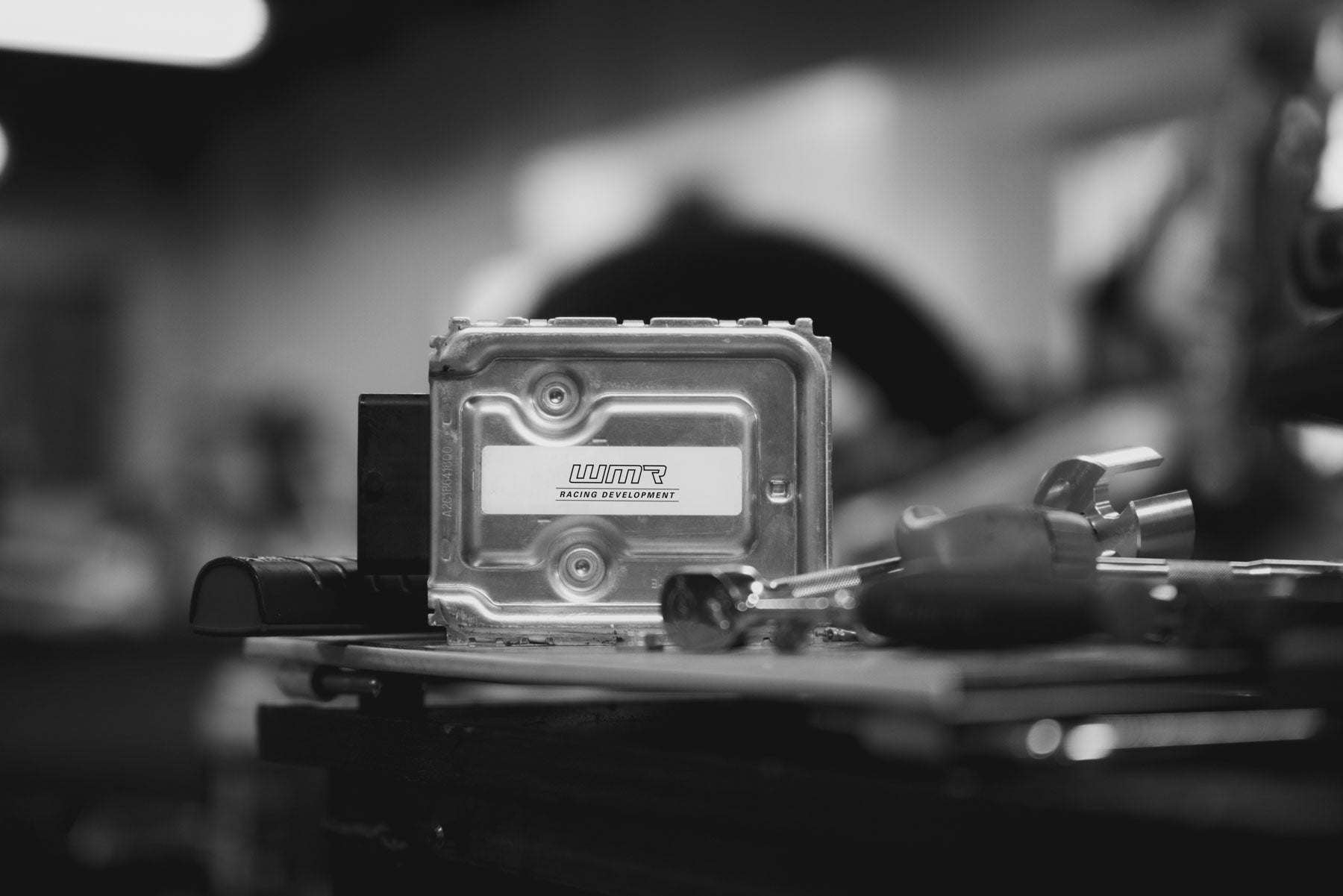SADRA (Sarasota area dirt riders association) Bartow, FL Sleigh Ride.
WMR TECH TIP #2
“Bleed those Forks”
The third round of the Florida Trail Riders series took place on 12/10/2022 and 12/11/2022. The race course consisted of fast open terrain, square edges, exposed roots, dry hard terrain, and whooped-out sand. The right setup for your speed would have required several characteristics, such as; the right amount of hold-up in the stroke through high-speed chop without deflection (suspension not absorbing hits), being able to make tight turns when there’s no rut, stable through mid to high-speed sand, enough give in the suspension to climb and good traction in technical sections. These are just some of the many features that one’s own dirt bike should have to properly set themselves up for success at the 3rd round of FTR.
A common problem for many riders who stopped by the WMR van was that their bikes handled the opposite of the previous good characteristics. This problem is not bike model specific. I had KTM’s, Yamaha’s, Honda’s, etc. come by with similar issues caused by the same culprit, which was that forks aren’t being bled on time before strange feedback from your suspension occurs. This is not saying if your suspension feels too stiff, a simple crack open of your bleeder screws will solve all issues you’re having, but air trapped inside your forks can cause the bike to feel different. By different, I mean to the point that you’re getting an arm pump way too soon because the forks are not moving at all. When this happens, the shock cannot find balance with the front end of the dirt bike.
In the front of motorcycles, there are two forks (AKA Telescopic forks), meaning one tube goes inside another. Forks are sealed so that oil cannot escape, but since air is much thinner than fork oil, air can pass into your forks and start acting as an air pump. The amount of hours of riding it takes to pump enough air into your forks for you to feel that something isn’t handling correctly can vary based on factors such as; rider style, hours on suspension, terrain, manufacture, etc. Bleeding your forks can become a simple add-on to your dirt bike race prep checklist.
1st step: Put the dirt bike on the center stand, causing the front wheel to lift off the ground. It’s important that the forks are fully extended.
2nd step: Loosen the bleeder screws and remove them. There will always be an o-ring, so be careful not to lose it. Some might hear air hissing out, and others might hear 60psi.
3rd step: Install the screw back into its threaded hole with an o-ring. Tighten snugly with a screwdriver type handle. No 3/8 ratchet wrenches. It’s a task that can improve race results.
We recommend you bleed the forks every time before you ride to keep the ride as consistent as possible. Some might not even hear air come out, and it’s more about knowing there’s no air trapped that could possibly throw you into a surprise. Push type fork bleeders are effective and make the process much faster, but there is a possibility that the push button could get stuck. ***It’s very important when bleeding forks to have the forks fully extended.
A common question I hear is, “What about bleeding the rear shock?” The rear shock has a tighter seal overall against ambient air pressure. The shock stays sealed unless there is a shock oil leak, and at that point, the shock damping fades away. If your suspension setup/balance is fighting you, feel free to speak with our suspension experts to find the solution for you!














FTR Photo Credit: photoman386





Leave a comment
This site is protected by hCaptcha and the hCaptcha Privacy Policy and Terms of Service apply.